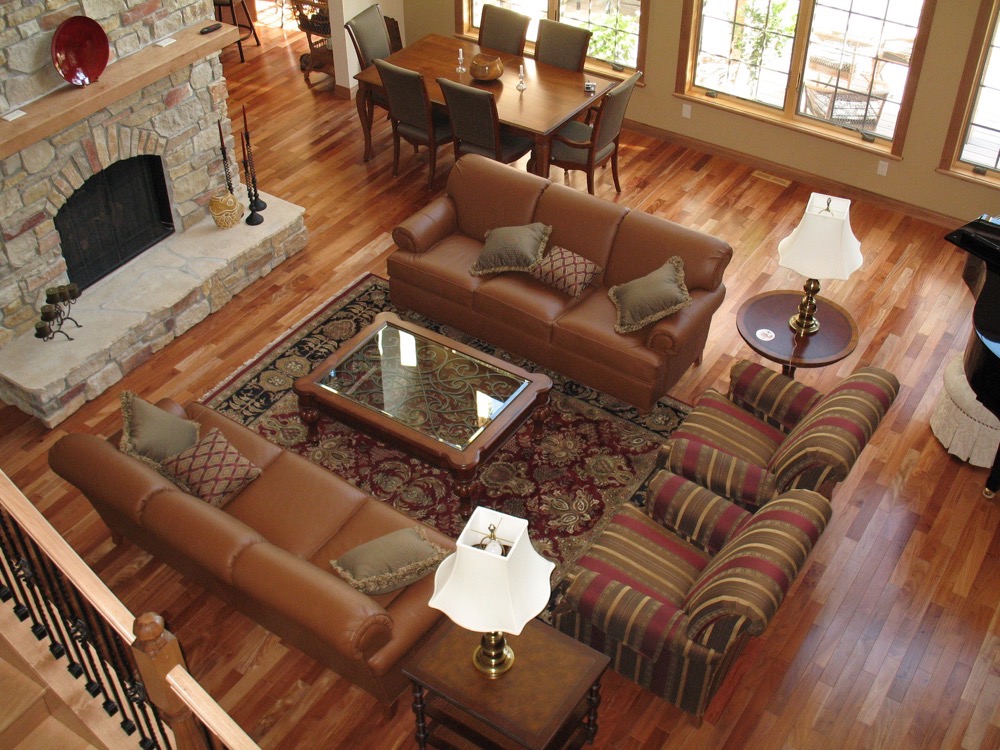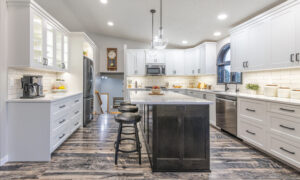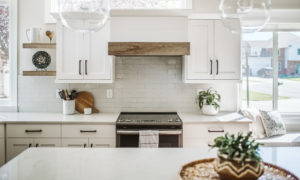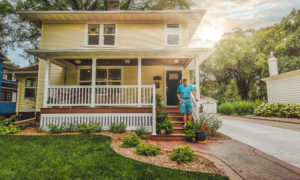Words and Photography By Paul Sorum
New construction almost always costs more than anticipated due to unforeseen problems. That’s why many people often hold back from pursuing the custom home of their dreams. Fortunately, there are several surprisingly easy steps you can take to avoid costly nightmares when building your custom home.
ONE
The first step may seem obvious. Be intentional about the qualities and types of spaces your new home must have to be advantageous for you and your family. In other words, create a mission statement for your new home. Decide the exact kind of spaces your family needs to best function and then decide what the overall goal of your home is.
Your home’s mission statement will set a benchmark for success and continue to focus your thoughts and energies on meeting that benchmark for success. Your mission statement can be abstract or an eclectic combination of aesthetic and functional requirements.
I had a client who wanted to create a place of “healing and hospitality” on their lakefront property. This was reflected in all aspects from their open living room with a stone fireplace and space for music to the flow through their hallways. Another client wanted a home that reflected the look and feel of their first Cape Cod-style home in Maryland blended with a lodge feel. This produced a beautiful blend of natural wood cabinets, flooring and beams with the Cape Cod exterior color scheme. It was an unexpected but beautiful combination for a waterfront property.
Although very different in their missions, both of these clients had thought about what their home needed to provide for them at a high level. Because of this, both were very successful in achieving the home of their dreams and enjoying the design and construction process.
TWO
The second step is to find an architect or home designer who understands and embraces the mission of your new home. Don’t limit your search for the right designer. Interview three or more. While meeting home designers, ask them if they have ever designed a home that has a special purpose or a defined mission. Listen closely to their stories of past projects and ask probing questions about the design and construction process. The more questions you ask, the more you’ll understand how the designer works. You will also get a clear idea if they will fully embrace the mission you are on or if they have their own agenda for your home. Go with the designer that embraces your mission.
THREE
The third step to avoiding construction nightmares is to ask potential home designers how they transition from the design process to construction. This is where many construction problems lay since there tend to be discrepancies between how a home is designed and how it’s actually supposed to be built. The more tightly the design and construction process are integrated, the more nightmares you will avoid in construction.
Also, ask your potential designers how cost control is implemented in the design process and how the designer ensures construction goes smoothly. In an ideal world, the designer is the builder or the designer works closely with your builder to ensure communication of design and construction techniques continues after the design is complete.
Before you choose the designer of your new home, be sure to ask your potential designer about builders that would be best to build their design. Then, interview those builders to ensure they understand your vision and mission.
FOUR
Lastly, remember to always check the designer’s and builder’s references closely. Most people do not like making cold calls, but it is especially important to call designers’ and builders’ references. If a designer or a builder has made past clients happy, those past clients will enjoy telling you about their home, so do not hesitate to call them. The information you get from references will be invaluable in shining a light on the design and construction process you can expect to experience.
As a helpful list, here are some additional things to remember about home builders:
- Every builder has essentially the same cost of labor and materials. Be suspicious of a builder who says they will save you a lot of money because of the deep exclusive discounts they receive on materials and labor. There is a market rate for everything in construction and you will end up paying that market rate regardless of what a builder tells you upfront. When it comes to custom homes, run away from a builder that promises deep discounts.
- Ask builders if they use technology such as building information modeling (B.I.M.) which will save time and money by doing accurate quantity estimates in planning construction. If they don’t use the latest technology, you will be missing out on cost and time savings afforded by this technology.
- Watch for undue overhead of home builders like expensive showrooms and opulent office space. You are paying for that expensive space in the price of your new custom home.
- It does not matter if a builder has their own crews or subcontracts most labor. The cost savings are in the quality of the management of the process, not in how the labor is hired. A well managed and integrated design-build process eliminates price padding by the many trades involved in the construction process. This is where the real cost savings in construction are found or lost.
- Ask a potential home builder if they will work on a cost-plus basis. This is the most cost effective way to build a custom home. In a cost-plus construction process, every expenditure is open book and homeowners have access to every receipt and invoice. This upholds transparency as the builder is paid a percent of the cost of materials and labor. One of the big advantages of cost-plus is that you have control of the details of the project without incurring a lot of time and headaches. Another advantage of cost-plus construction contracts is the homeowner typically does not pay more for changes or upgrades during construction.
No design and construction process is perfect, but being on a mission focuses your energies in the right direction. And, researching your options to find the best design and construction professionals will pay off with a smooth and economical design and construction process.
Sorum Design – Build
Paul Sorum
701-219-5601
[email protected]
sorumdesignbuild.com
If you’re looking to bring in new clients for your property management company, Upkeep Media can help! Upkeep Media works with the largest and best property management companies in the world!










